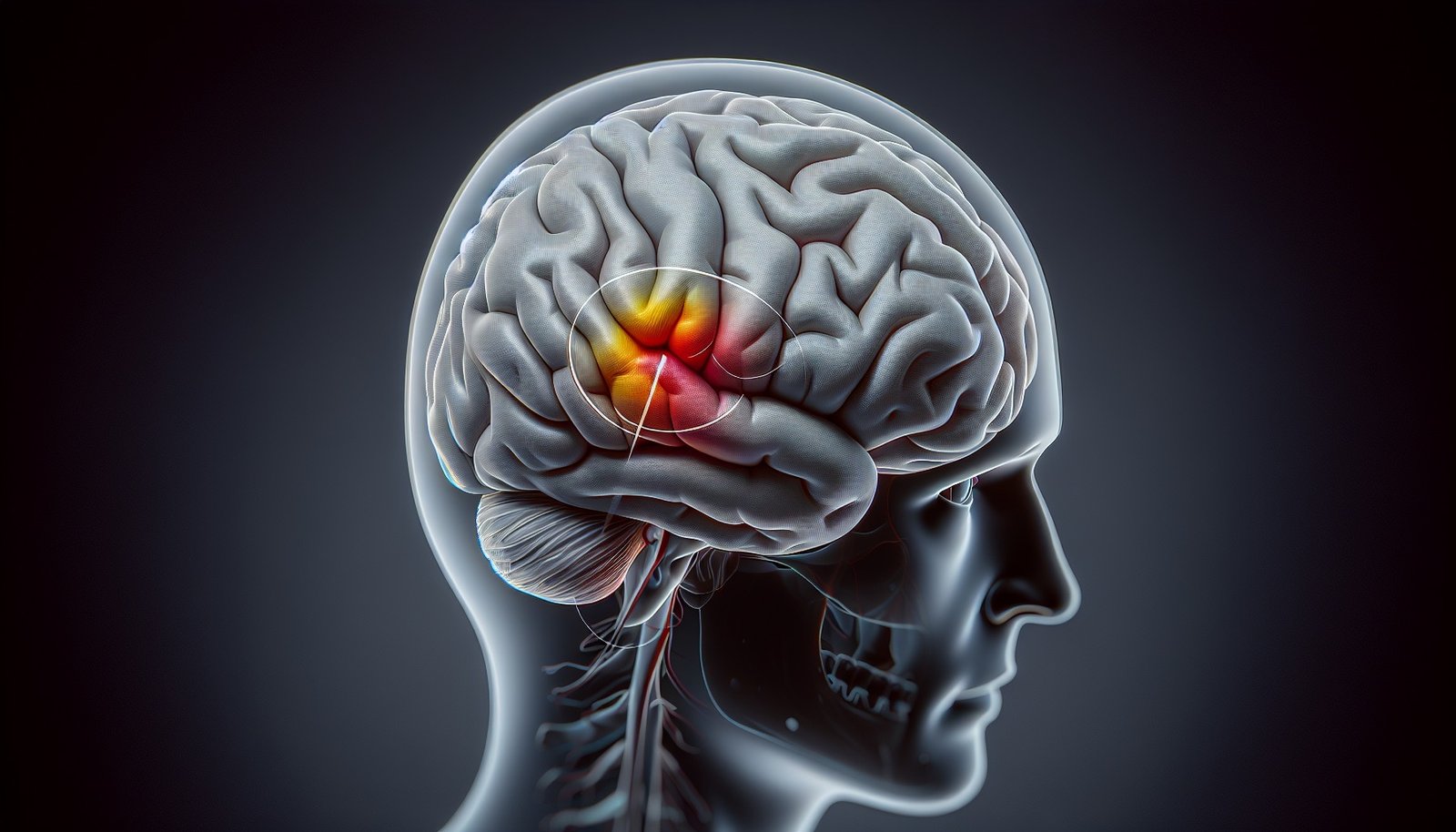Neglecting acute stroke can have severe consequences for both the individual and public health.
1. Time is Brain
Every minute counts. For each minute a stroke goes untreated, about 1.9 million brain cells are lost. Quick intervention can significantly reduce the extent of brain damage and improve recovery outcomes.
2. Stroke is a Leading Cause of Death and Disability
Stroke is the second leading cause of death globally and the leading cause of long-term disability. Immediate treatment can help mitigate long-term disability and improve survival rates.
3. Prompt Treatment Improves Recovery
For ischemic strokes, treatments like thrombectomy or tPA (tissue plasminogen activator) [ CLOT BUSTER] can dramatically improve outcomes when administered within a 3 to 4.5-hour window from symptom onset. Delay in treatment can mean a missed opportunity for recovery.
4. There Are Effective Treatments Available
Acute strokes can often be treated with thrombectomy (for large vessel occlusions) or clot-busting medications (tPA) for ischemic stroke. These treatments can reverse stroke symptoms and improve long-term function, but only if given early.
5. Stroke Symptoms Can Be Mistaken for Other Conditions
Acute stroke symptoms, such as weakness, numbness, or difficulty speaking, can be confused with less serious health issues like migraines or vertigo. Recognizing the signs and seeking immediate medical attention is critical to avoid delays.
6. The Risk of a Second Stroke Increases
Untreated strokes or delays in treatment can increase the risk of another stroke. Early intervention and management can help reduce the likelihood of recurrent strokes and improve long-term outcomes.
7. Prevention of Permanent Brain Damage
Acute strokes, if not addressed quickly, can cause irreversible brain damage. This can result in permanent deficits in speech, movement, cognition, and other functions. Early treatment can prevent much of this damage.
8. Acute Stroke Affects Younger People Too
While stroke is often associated with older adults, younger people (even those under 40) can experience strokes. Delaying treatment in younger populations can lead to significant lifelong disabilities or death, which can be minimized with quick intervention.
9. Survival Rates Can Improve with Rapid Care
Survival rates for stroke patients treated within the first few hours after symptoms begin are significantly higher. Delayed treatment, on the other hand, decreases the chance of survival and increases the risk of severe disability.
10. Public Education Can Save Lives
Raising awareness of stroke symptoms and the importance of seeking immediate help can empower the public to act quickly. Public knowledge of the FAST (Face, Arms, Speech, Time) acronym—used to recognize stroke symptoms—has been shown to speed up response times and improve outcomes for patients.
Conclusion
Neglecting acute stroke can lead to preventable brain damage, increased disability, and even death. Early intervention is essential for better outcomes, and increasing public awareness about the signs of stroke and the need for prompt medical attention can make a life-saving difference.
Always prioritize communication with yourNeurosurgeryteam and make informed decisions that align with your health needs and goals.

Dr. Ganesh Veerabhadraiah
Consultant – Neurosurgeon, Neurointerventional Surgery, Spine Surgeon (Neuro)
23+ Years Experience Overall (17+ years as Neuro Specialist)
Available for Consultation: Jayanagar 9th Block & Kauvery Hospital, Electronic City
FAQs
1. What are the early signs of a brain stroke?
Common early signs include sudden numbness or weakness (especially on one side), confusion, trouble speaking or understanding, dizziness, and severe headache.
2. How much time do you have to treat a stroke?
The first 4.5 hours are critical. Immediate treatment within this “golden window” can significantly reduce brain damage and improve recovery chances.
3. What is the golden hour in stroke treatment?
The golden hour refers to the first 60 minutes after stroke symptoms begin. Getting medical help in this period greatly increases the effectiveness of clot-busting medications.
4. Can a mini-stroke or TIA lead to a full stroke?
Yes. A transient ischemic attack (TIA) is often a warning sign. One in three people who experience a TIA will eventually have a stroke—often within days or weeks.
5. How can I help someone having a stroke?
Use the FAST method: Face drooping, Arm weakness, Speech difficulty, and Time to call emergency services. Immediate action can save a life.


